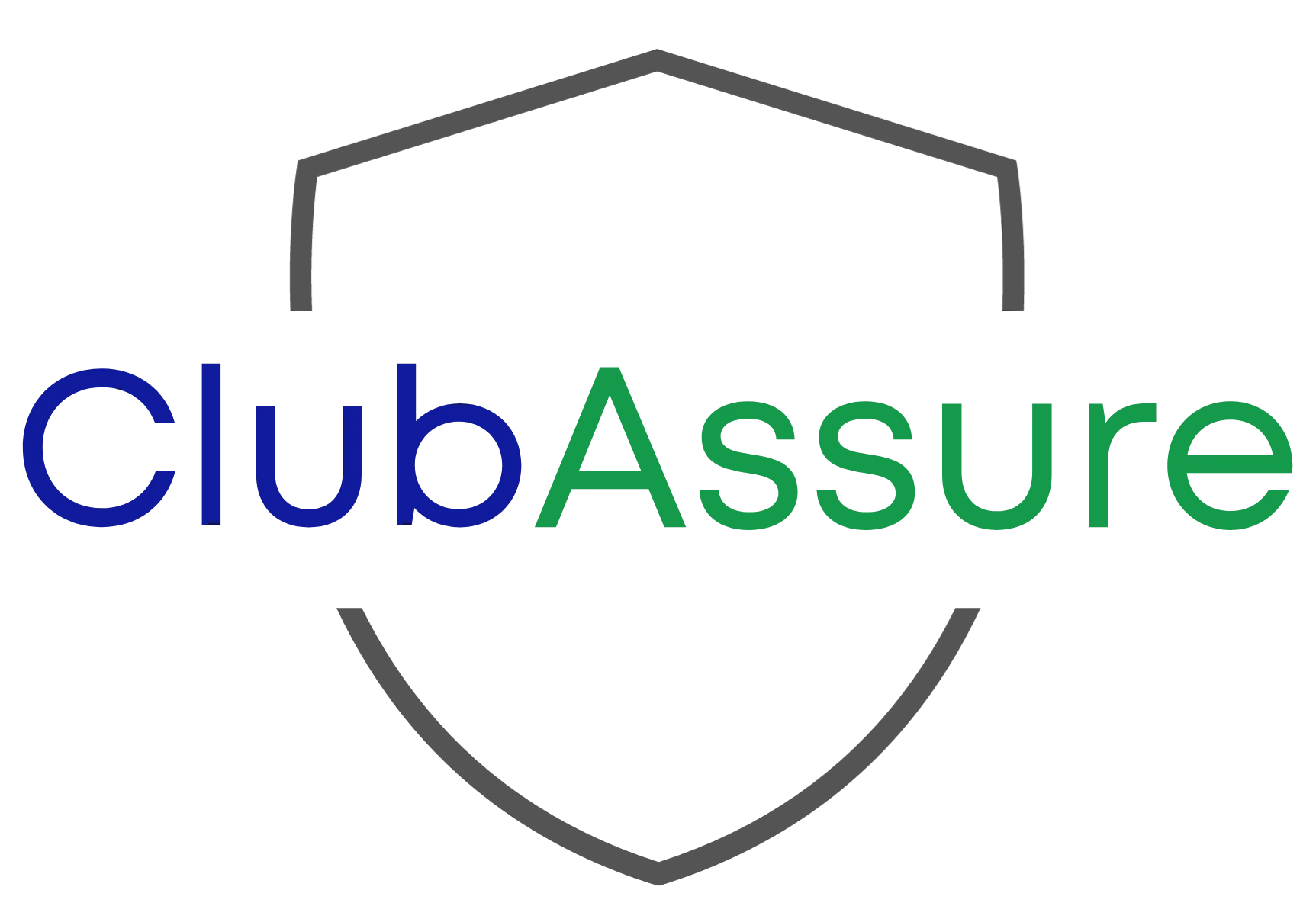Web Design Glossary
Explore our web design glossary for clear explanations of design terms and tools, making complex topics easy to understand.
A
Accessibility
Designing websites and digital content so they can be used by people with disabilities, including those using screen readers or keyboard-only navigation.
API (Application Programming Interface)
A set of rules that allows different software systems to communicate with each other. Commonly used in web development to connect platforms or tools.
B
Back-End
The behind-the-scenes part of a website or app, where data is stored and processed (e.g., databases, servers). Not visible to users.
Bounce Rate
The percentage of visitors who leave a website after viewing only one page. A high bounce rate can indicate poor user experience or irrelevant content.
C
Caching
A method of storing website data temporarily to improve loading speed for returning users.
CMS (Content Management System)
The software used to build and manage a website without needing to code. WordPress is the most popular CMS, offering flexibility and ease of use.
Conversion Rate
The percentage of users who complete a desired action on a website (e.g., filling out a form or making a purchase).
Cookies
Small files stored on a user’s device to remember preferences or track behaviour on a website.
CSS (Cascading Style Sheets)
The code that controls how a website looks (e.g., fonts, colours, layout).
CTA (Call To Action)
A prompt encouraging users to take a specific action (e.g., “Sign Up Now”, “Download Free Guide”).
CTR (Click Through Rate)
The percentage of users who clicked on a link, ad, or CTA compared to the number who viewed it. Used to measure engagement and ad performance.
D
Database
A structured collection of data stored electronically. Used in web development to store content, user information, and more.
Dedicated Hosting
A hosting solution where a business has an entire server to themselves. Offers maximum performance, control, and security.
Domain Name
The address people use to visit your website (e.g., yourbusiness.co.uk). It’s what customers will type into their browser to find you.
DNS (Domain Name System)
A system that translates website names (like youragency.com) into IP addresses so browsers can load the site.
E
E-commerce Website
A website designed to sell products or services online, including features like product listings, payment gateways, and inventory management.
F
Front-End
The part of a website that users see and interact with (buttons, layout, images, etc.).
G
Google Analytics
A tool that tracks website traffic, user behaviour, and marketing performance.
Google Search Console
A free tool by Google that helps monitor and troubleshoot a website’s presence in search results, including indexing issues and keyword performance.
H
Hosting
The service that stores your website’s files and makes them accessible on the internet. Good hosting ensures fast loading times, uptime, and security.
HTML (HyperText Markup Language)
The standard coding language used to build the structure of web pages.
HTTPS
A secure version of HTTP. Websites with HTTPS have encrypted data transmission, usually indicated by a padlock icon in the browser.
L
Landing Page
A single webpage designed to encourage a specific action, such as signing up for a newsletter or making a purchase. Often used in marketing campaigns.
M
Meta Tags
Snippets of text in the website code that describe a page’s content to search engines. Includes meta titles and meta descriptions.
P
Page Speed
How fast a website loads. Affects SEO rankings and user experience.
Payment Gateway
A secure service that processes credit/debit card payments for online purchases (e.g., Stripe, PayPal, Worldpay).
Plug-In
An add-on for websites (especially WordPress) that extends functionality—for example, SEO tools, booking forms, or online chat features.
PHP (Hypertext Preprocessor)
A server-side scripting language commonly used to build dynamic websites and web applications, often used in WordPress.
PPC (Pay-Per-Click)
A type of digital advertising where businesses pay each time someone clicks their ad (e.g., Google Ads).
R
Responsive
A design approach that ensures your website looks and functions properly on all devices, including smartphones and tablets.
S
SEO (Search Engine Optimisation)
Techniques used to improve your website’s visibility on search engines like Google, so more people can find you when searching for related services.
SERP (Search Engine Results Page)
The page of results a user sees after entering a query in a search engine like Google.
Shared Hosting
A hosting solution where multiple websites are stored on the same server. Cost-effective but less powerful than VPS or dedicated hosting.
Sitemap
A file that lists all pages on a website to help search engines crawl and index the site more efficiently.
SSL Certificate
An SSL certificate secures the connection between your website and its visitors. It’s what gives you the padlock symbol in the browser and is essential for trust and SEO.
U
UI (User Interface)
The visual layout of a digital product, including buttons, icons, and menus.
URL (Uniform Resource Locator)
The address of a web page (e.g., https://youragency.co.uk/services).
User-Friendly
A website that’s easy for visitors to navigate and use—important for keeping people on your site and encouraging them to take action.
UX (User Experience)
Refers to how users interact with your website. A good UX means it’s clear, fast, and intuitive, leading to higher satisfaction and conversions.
W
Website Builder
Software or platforms (like WordPress or Wix) that allow users to create websites without deep technical knowledge.
Web Hook
A webhook is a way for one app to automatically send real-time data to another when a specific event happens. It pushes information to a set URL without needing manual requests.
Wireframe
A visual guide that outlines the basic structure of a website before design and development begin.
